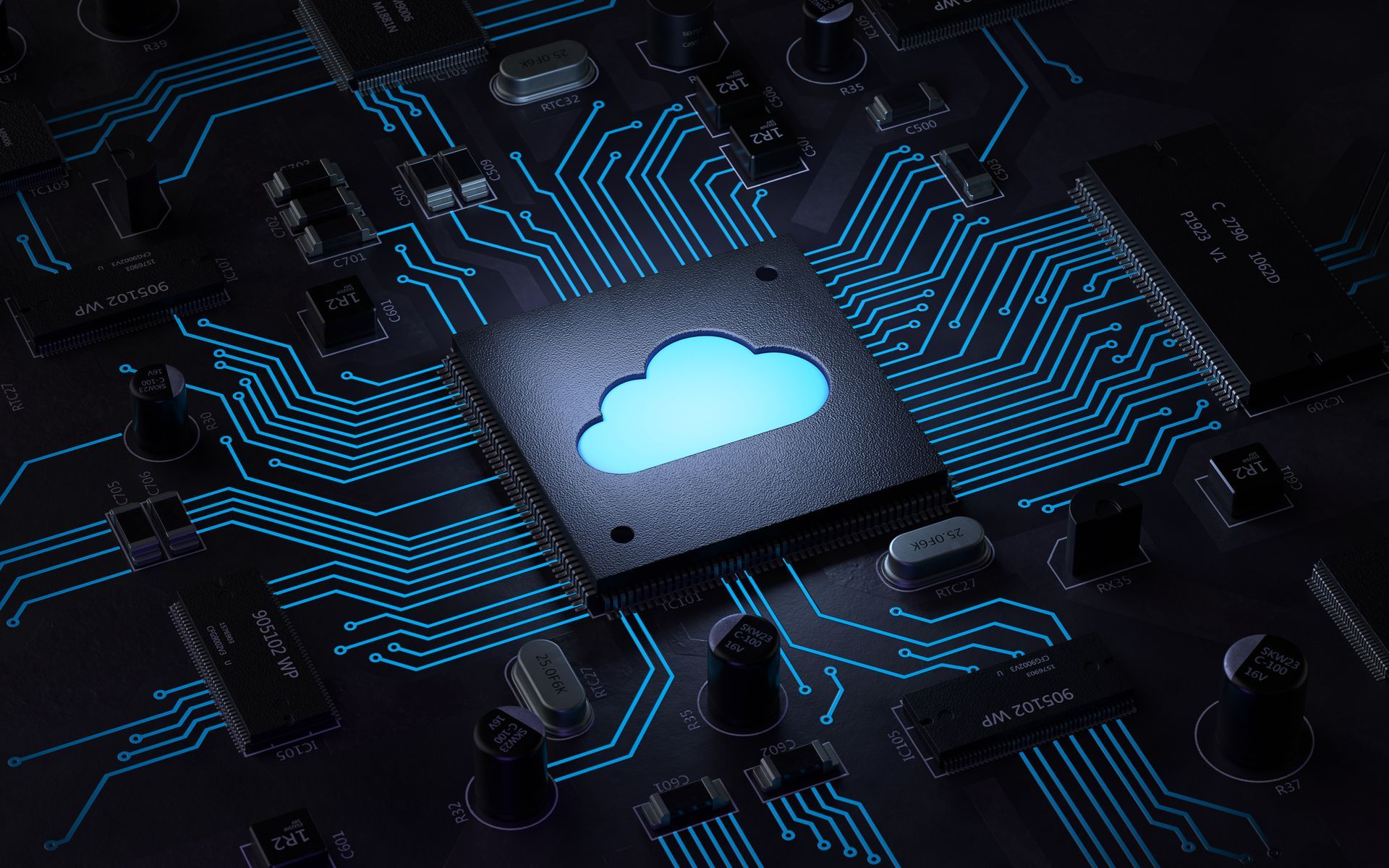Navigating the Digital Transformation: A Roadmap for IT Infrastructure Modernization
In the rapidly evolving landscape of technology and business, organizations face the pressing need to adapt and
modernize their IT infrastructure to remain competitive and agile. The journey of digital transformation presents both challenges and opportunities, demanding a well-planned and comprehensive roadmap to navigate the complexities of IT modernization successfully.
This article delves into the critical components of IT infrastructure modernization, offering insights and best practices to help organizations embark on a transformative journey that not only enhances operational efficiency and customer service but also sets the stage for future innovation and growth. By understanding the intricacies of modernizing legacy systems, adopting cutting-edge technologies, and addressing
cybersecurity concerns, businesses can unlock new opportunities in the digital era.
Short Summary
- Understanding IT Infrastructure Modernization
- Benefits of IT Infrastructure Modernization
- The Roadmap for IT Infrastructure Modernization
Understanding IT Infrastructure Modernization - What is it?

IT Infrastructure Modernization refers to the process of updating and optimizing the hardware, software, networks, and processes that constitute an organization's technology framework. This modernization effort is crucial for businesses striving to improve efficiency, scale operations, and introduce innovative services or products.
At its core, IT infrastructure modernization involves transitioning from outdated legacy systems to more agile, cloud-based platforms that can quickly adapt to the changing demands of the digital market. It also encompasses the adoption of cutting-edge technologies such as artificial intelligence (AI), machine learning (ML), and the Internet of Things (IoT) to streamline operations and enhance service delivery. In essence, modernizing IT infrastructure is not merely an upgrade of technology; it's a strategic move towards creating a flexible, resilient, and future-ready business.
Benefits of IT Infrastructure Modernization

- Improved Operational Efficiency and Customer Service: Modernizing IT infrastructure can significantly enhance operational efficiency by streamlining processes, automating routine tasks, and improving overall system performance. This leads to faster response times, reduced downtime, and an overall better customer service experience.
- Enhanced Security and Risk Mitigation: Modern IT infrastructure is better equipped to handle the ever-evolving cybersecurity threats. By adopting advanced security protocols, organizations can protect sensitive data and reduce the risk of cyber attacks. This includes implementing robust access controls, encryption, and real-time threat detection and response systems.
- Scalability and Flexibility for Future Growth: Modern IT infrastructure is designed to be scalable and flexible, allowing organizations to easily adapt to changing business needs. This means being able to quickly increase or decrease computing resources as needed, without significant disruption to operations. It also enables organizations to adopt emerging technologies and services more easily, fostering innovation and growth.
- Cost Savings and Return on Investment: While the initial investment in IT infrastructure modernization can be significant, the long-term benefits often outweigh the costs. Modern systems are more energy-efficient, require less maintenance, and can be managed more efficiently, leading to significant cost savings over time. Additionally, the improved operational efficiency and customer service can lead to increased revenue and a strong return on investment.
- Competitive Advantage: By staying current with the latest technology trends, organizations can gain a competitive advantage in the market. This includes the ability to offer new and innovative products and services, faster time-to-market, and a superior customer experience.
- Employee Productivity and Satisfaction: Modern IT infrastructure can significantly improve employee productivity and satisfaction. It enables employees to work more efficiently, collaborate more effectively, and have access to the tools and resources they need to perform their jobs well. This can lead to higher employee retention rates and a more engaged workforce.
- Data Management and Analytics: Modern IT infrastructure provides better tools for data management and analytics, allowing organizations to make more data-driven decisions. This includes the ability to collect, store, and analyze large volumes of data, and to use advanced analytics tools to derive valuable insights from that data.
- Compliance and Governance: Modern IT infrastructure makes it easier for organizations to comply with regulatory requirements and maintain good governance practices. This includes implementing proper access controls, data retention policies, and audit trails to ensure compliance with regulations such as GDPR, HIPAA, and others.
The Roadmap for IT Infrastructure Modernization

Key Steps to Achieve IT Infrastructure Modernization
Successfully modernizing an organization's IT infrastructure requires a careful, strategic approach. The following key steps form a practical roadmap for organizations looking to undertake this complex but rewarding transformation.
- Assessment and Planning: Begin by conducting a comprehensive assessment of your current IT infrastructure to identify outdated systems and processes. This evaluation should involve input from various stakeholders across the organization to ensure a complete understanding of existing capabilities and business needs. Based on this assessment, develop a detailed modernization plan that includes clear objectives, timelines, and budget considerations.
- Choosing the Right Technologies: Selecting appropriate technologies is critical to the success of IT infrastructure modernization. Consider technologies that not only address current requirements but also provide scalability and flexibility for future needs. This might involve moving to cloud computing platforms, adopting AI and ML capabilities, and integrating IoT devices.
- Skilled Workforce Development: Modernizing IT infrastructure often requires new skills and expertise. Invest in training for current employees and consider hiring new talent with the necessary technical knowledge. Building a skilled workforce is essential for effectively implementing new technologies and for ongoing management and optimization of modernized systems.
- Implementation and Testing: With a solid plan and the right technologies in place, begin the implementation phase. This should be approached in a phased manner, allowing for testing and adjustments as needed. Ensure thorough testing is conducted at each stage to identify and resolve any issues early on.
- Security and Compliance: Throughout the modernization process, keep security and compliance at the forefront. Implement robust security measures, including data encryption, access controls, and regular security audits. Compliance with relevant regulations should be ensured to protect both the organization and its customers.
- Continuous Improvement and Adaptation: IT infrastructure modernization is not a one-time project but an ongoing process. Technologies and business needs continuously evolve, requiring a commitment to regular updates and improvements. Establish mechanisms for continuous monitoring, feedback, and adaptation to keep the IT infrastructure agile and aligned with business goals.
Summary
In summary, IT infrastructure modernization is an imperative process for organizations looking to thrive in today's digital era. It encompasses a holistic approach to upgrading and integrating advanced technologies, including cloud computing, AI, ML, and IoT, to enhance operational efficiency, improve security, and achieve cost savings. The roadmap to modernization entails a strategic, phased approach starting with assessment and planning, through to implementation and continuous improvement. This evolution offers not only a competitive edge but also facilitates scalability, flexibility, and better data management, all while ensuring compliance with regulatory standards. Ultimately, a modernized IT infrastructure empowers organizations to meet current and future challenges, driving growth and innovation.
Entre Technologies - Your Partner for IT Infrastructure Modernization
At Entre Technologies, based in West Springfield, MA, we understand the critical role that a modern IT infrastructure plays in driving business success in today's digital landscape. Our comprehensive range of IT solutions and services is designed to meet the multifaceted needs of organizations looking to modernize their IT infrastructure. From enhancing cybersecurity measures and ensuring scalability, to driving cost savings and fostering innovation, Entre Technologies is equipped to support your business through every step of its digital transformation journey.
Unlock the full potential of your organization with Entre Technologies. Contact us today to schedule a comprehensive IT infrastructure assessment, and take the first step towards a more secure, scalable, and efficient future.
Searching for managed IT services near me? Entre Technologies in West Springfield, MA can help!
With over three decades of excellence in IT management, project management, repair, and staffing services, we are here to provide reliable and expert support tailored to your needs.
Contact us today to learn how we can help your business thrive.












